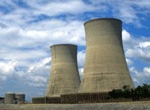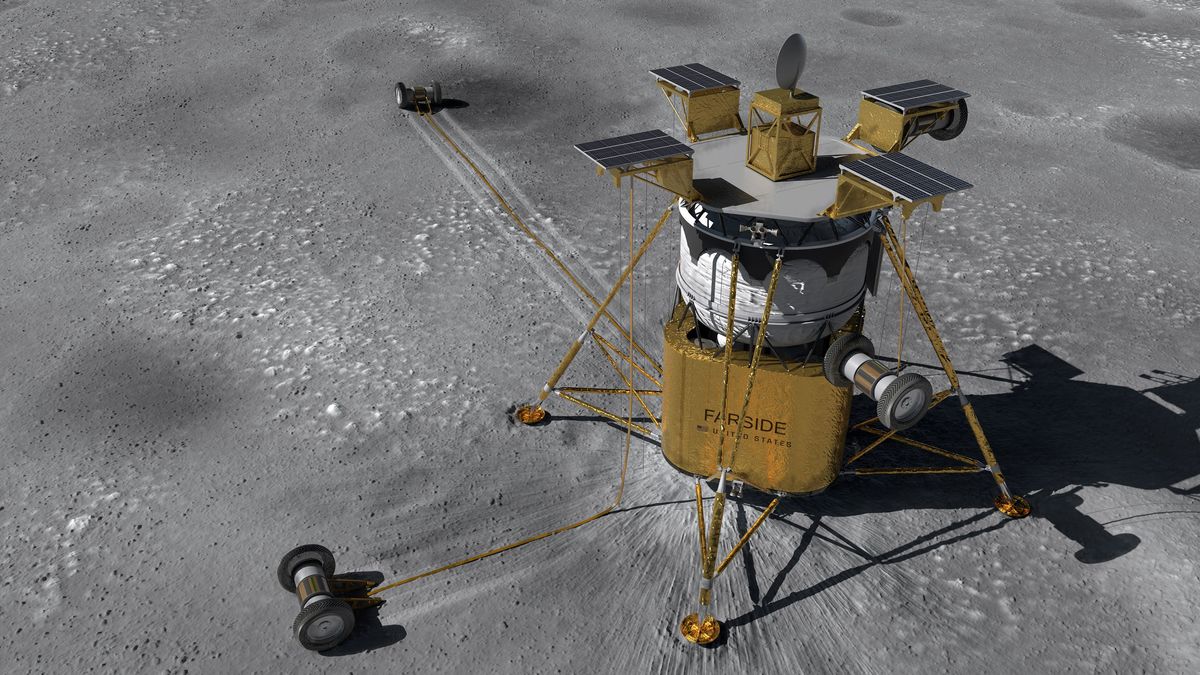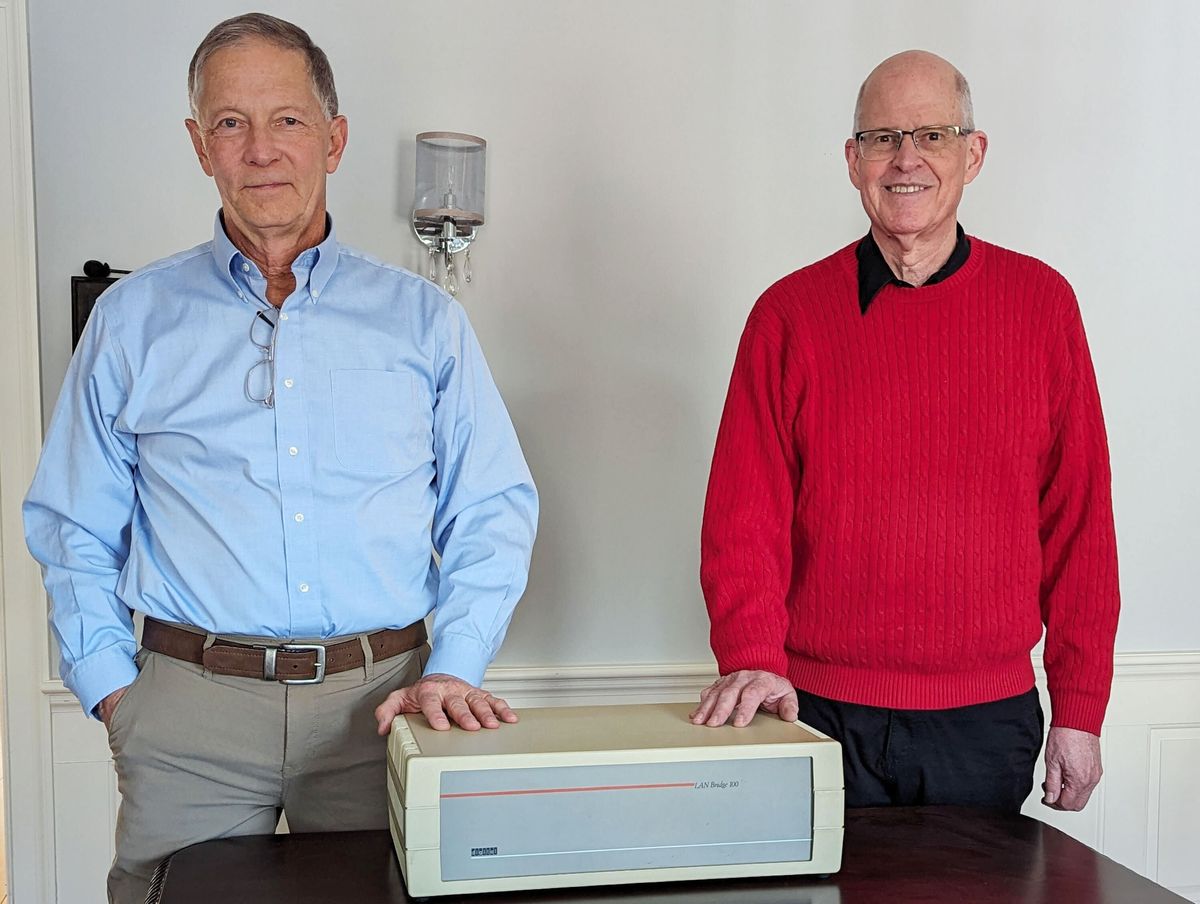Last Friday, the U.S. Nuclear Regulatory Commission (NRC) announced in a press release (pdf) that it had issued a request for information to the owners of 11 nuclear power plants using Westinghouse Electric Company-produced nuclear fuel. The agency is taking precautions against the possibility of "thermal conductivity degradation", industry terminology for when "older fuel has a reduced capacity to transfer heat, potentially changing its performance during various accident scenarios, including loss-of-coolant accidents."
The NRC press release goes on to state the agency's concern that thermal conductivity degradation may not have been accounted for properly in computer performance models; it therefore wants the probability that the phenomenon will occur evaluated by the nuclear plant owners by 19 March.
The press release states that:
"NRC regulations set a fuel thermal limit of 2200 degrees Fahrenheit for 'peak cladding temperature' under predicted loss-of-coolant accident conditions. Above that limit, the fuel rod is considered susceptible to damage. Thermal conductivity must be accounted for in realistic computer models used to evaluate a reactor’s emergency core cooling system. An error in the models may underestimate the fuel’s calculated peak cladding temperature. An error is considered significant if it would result in a difference of 50 degrees F or more in the predicted peak cladding temperature during the worst postulated loss-of-coolant accident scenario."
Westinghouse informed the NRC in early December that a worst-case loss-of-coolant accident at a Westinghouse pressurized water reactor could raise the peak cladding temperature by more than 100 degrees Fahrenheit "
This caused the NRC to issue an information notice (pdf) to nuclear power plant owners on 13 December alerting them to the possibility that the peak cladding temperature might be exceeded in certain emergency circumstances. The agency reiterated Westinghouse's statement that this did not represent an "immediate safety concern," but the regulator said that it was looking into the issue nonetheless.
A story over the weekend in the Pittsburgh Post-Gazette quotes a Westinghouse spokesperson reassuring the public hat the new information is something that it need not be concerned about.
The Post-Gazette story says that If the realistic computer performance model reassessment at one or more of the 11 power plants does indicate the potential thermal conductivity degradation, reactors could be forced to run at lower operating temperatures—a move that would reduce the power plants' output.
You can read more about thermal conductivity degradation in this 2009 NRC information notice.
This is the second computer-related modeling reassessment in the nuclear industry in recent months. As EnergyWise editor Bill Sweet wrote about a few weeks ago, the NRC recently ordered operators of all 96 reactors located in the eastern United States to reevaluate them in light of revised earthquake risk estimates.
And finally, in another George Box-type reminder that all [computer] models are wrong, but some are more useful than others, Virginia Department of Transportation (VDOT) traffic engineers have found that they are going to need to revamp their traffic simulation models of the I-495 Capital Beltway exit onto I-66 West. According to a story over the weekend in the Washington Post:
"When VDOT narrowed the ramp two weeks ago to ease the adjacent bottleneck on westbound I-66, the planners thought they could avoid creating a new traffic jam on the ramp. Instead, southbound rush-hour traffic has backed up badly, sometimes to the American Legion Bridge, according to drivers."
VDOT is now trying to figure out what to do next to unravel the traffic jams that are up to ten miles long. Unfortunately, it looks like drivers will need to put up with the snarls until sometime in late summer when road construction in the immediate area of the I-495/ I-66 interchange will be completed.
Apparently, to paraphrase Box, all alternative VDOT solutions are bad; some are just worse than others.
Robert N. Charette is a Contributing Editor to IEEE Spectrum and an acknowledged international authority on information technology and systems risk management. A self-described “risk ecologist,” he is interested in the intersections of business, political, technological, and societal risks. Charette is an award-winning author of multiple books and numerous articles on the subjects of risk management, project and program management, innovation, and entrepreneurship. A Life Senior Member of the IEEE, Charette was a recipient of the IEEE Computer Society’s Golden Core Award in 2008.



